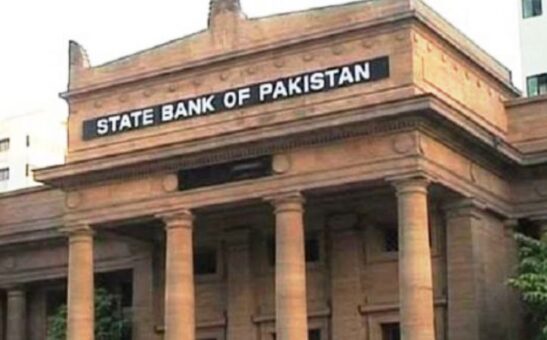KARACHI – The State Bank of Pakistan (SBP) has unveiled the foreign exchange rates for October 17, 2022, providing a comprehensive overview of the value of the Pakistani Rupee (PKR) against major international currencies.
These rates, determined on the basis of the weighted average rates of commercial banks, play a pivotal role in shaping trade, investments, and financial activities.
As of October 17, 2022, the buying and selling rates for specific foreign currencies in PKR are as follows:
• UAE Dirham (AED):
• Buying: 59.5640 PKR
• Selling: 59.6689 PKR
• Australian Dollar (AUD):
• Buying: 136.3390 PKR
• Selling: 136.5860 PKR
• Canadian Dollar (CAD):
• Buying: 158.1288 PKR
• Selling: 158.4120 PKR
• Swiss Franc (CHF):
• Buying: 218.1930 PKR
• Selling: 218.5969 PKR
• Chinese Yuan (CNY):
• Buying: 30.3780 PKR
• Selling: 30.4293 PKR
• Euro (EUR):
• Buying: 212.9768 PKR
• Selling: 213.3842 PKR
• UK Pound (GBP):
• Buying: 246.1074 PKR
• Selling: 246.5630 PKR
• Japanese Yen (JPY):
• Buying: 1.4702 PKR
• Selling: 1.4729 PKR
• Saudi Riyal (SAR):
• Buying: 58.1898 PKR
• Selling: 58.3001 PKR
• US Dollar (USD):
• Buying: 218.6234 PKR
• Selling: 219.0395 PKR
These exchange rates are crucial indicators for businesses, investors, and individuals involved in cross-border transactions. The USD to PKR exchange rate, a key benchmark for international transactions, stands at 218.6234 PKR for buying and 219.0395 PKR for selling on this specific date.
Fluctuations in exchange rates have significant implications for various sectors of the economy. A stronger PKR may make imports more affordable but could pose challenges for exporters. Conversely, a weaker PKR might boost exports but may increase the cost of imported goods.
The SBP’s regular updates on exchange rates contribute to the transparency of the foreign exchange market, enabling businesses and investors to make well-informed decisions. Central banks, including the SBP, often intervene in the foreign exchange market to stabilize their national currencies and ensure economic stability.
Economic analysts will closely scrutinize these rates to discern trends, potential impacts on the domestic economy, and offer insights into the broader economic landscape. As the global economic environment continues to evolve, the SBP’s timely and accurate information on foreign exchange rates remains essential for navigating the complexities of international finance and trade.
